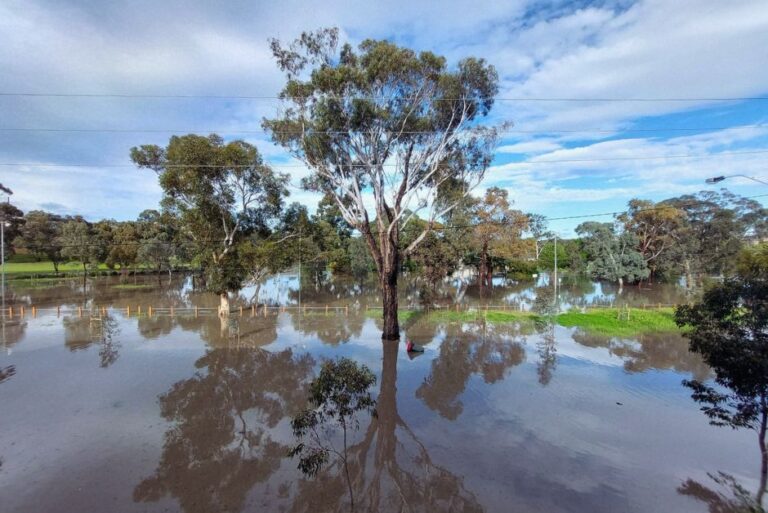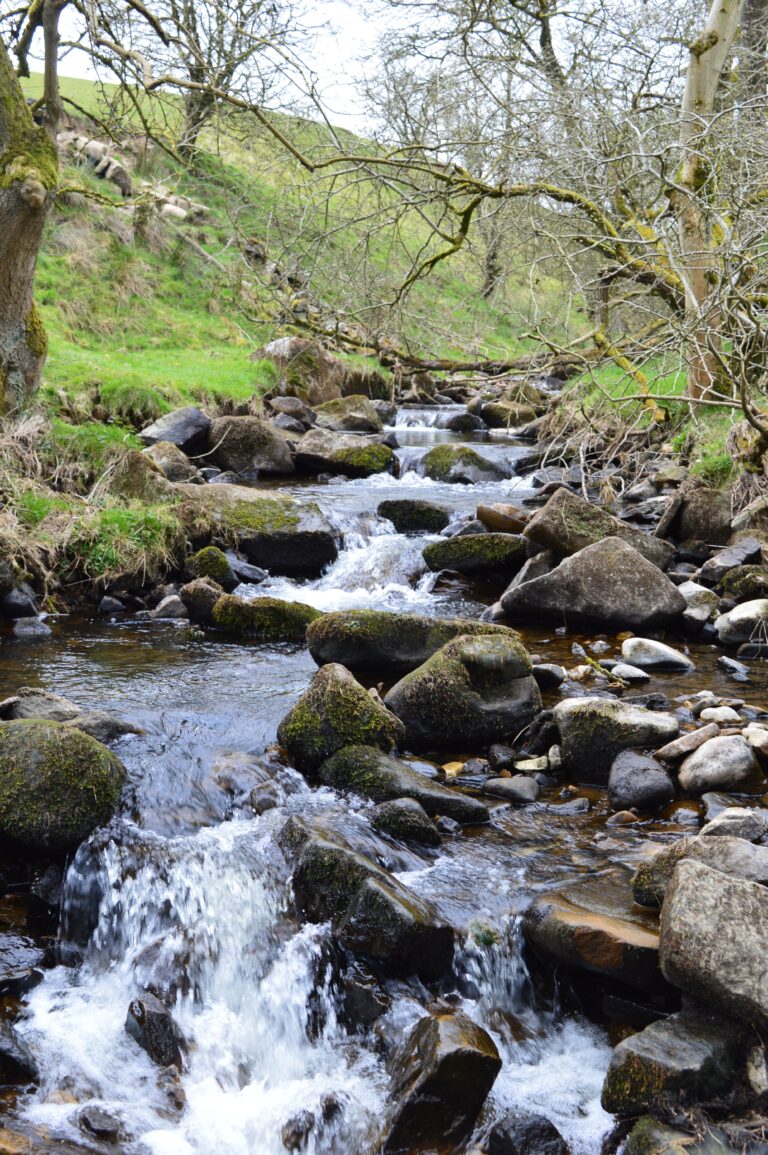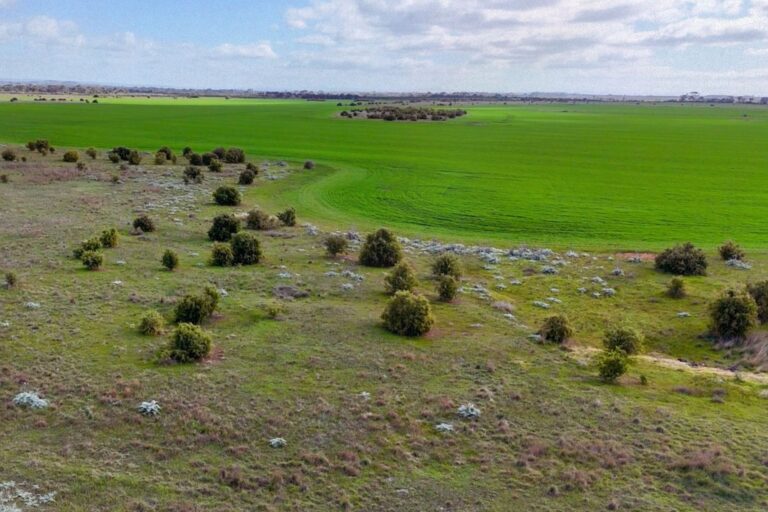David ETTERSHANK (Western Metropolitan):
I rise to make a brief contribution to this important motion on behalf of Legalise Cannabis Victoria. This is a much-needed inquiry.
The impacts of climate change are indeed intensifying. Victoria is experiencing hotter days, more intense storms and flooding. Sea levels are rising. We currently average 11 days of above 35 degree heat. By 2050 that will be an average of 16 days. We have longer, more intense bushfire seasons. In 2020 smoke haze from bushfires hundreds of kilometres away choked the streets of our inner city, making Melbourne’s air quality the worst in the world. Once-in-a-century weather events are becoming more and more frequent.
The impacts of climate change will affect every aspect of society in Victoria. We have already seen the health and social impacts wrought by floods, bushfires, extreme heat and storms.
These impacts especially affect the most vulnerable members of our community: the elderly, the very young, people with existing health conditions, those who can’t access air conditioning, Victoria’s homeless.
We need to examine the risks Victoria will continue to face because of climate change and do all we can to mitigate against them – for ourselves and for future generations of Victorians.
A focus of the terms of reference is our built environment and the barriers facing Victoria in upgrading infrastructure to become more resilient to the impacts of climate change.
Going forward we will need to apply some revolutionary thinking to the construction and operation of our buildings. It will require innovation in building design, smart technology and more appropriate building materials.
The construction industry itself is a major producer of carbon emissions and responsible for some 40% of the state’s energy use. Concrete is a highly carbon intensive building material and is the most widely used material in the construction industry.
An ideal alternative to concrete is Hemp concrete. Hempcrete is a bio-composite material that can be utilised as an alternative to concrete and standard insulation in building.
Anyone paying attention to my contribution to our Industrial Hemp inquiry motion will know that as a phytoremediation material, the hemp plant sequesters carbon at twice the rate of trees. So it’s already a climate positive material.
What you may not know is that Hempcrete is one of the few materials that can continue to absorb carbon after being used in construction as it pulls more carbon from the atmosphere over the building’s lifetime than was emitted during construction. This makes Hempcrete a “carbon-negative” or “better-than-zero-carbon” building material. Hempcrete also has extraordinary thermal properties; an amazing capacity to regulate heat, moisture, and relative humidity and has fantastic fire-resistant qualities.
The process for producing hempcrete uses about half the energy to produce than concrete. It is extremely durable and is also recyclable at the end of the building’s lifespan.
I could go on, but will leave hemp there for the moment.
I am hopeful that the Committee will, as part of the inquiry process, obtain some figures from the Parliamentary Budget Office so we can start to quantify the financial realities of climate adaptation and building resilience.
There’s no way around it – an increase of 1.5 to 2 degrees in temperature is inevitable, whether we like it or not. Climate change is now locked in, and we must prepare for a reality where Melbourne’s climate is like Mildura and Mildura’s climate is like Broken Hill – but with far more volatile patterns of drought and flood.
We will be culpable if we are not working towards and regularly reviewing our response to climate change.
So we commend this motion to the house.
[Incorporated into hansard]





